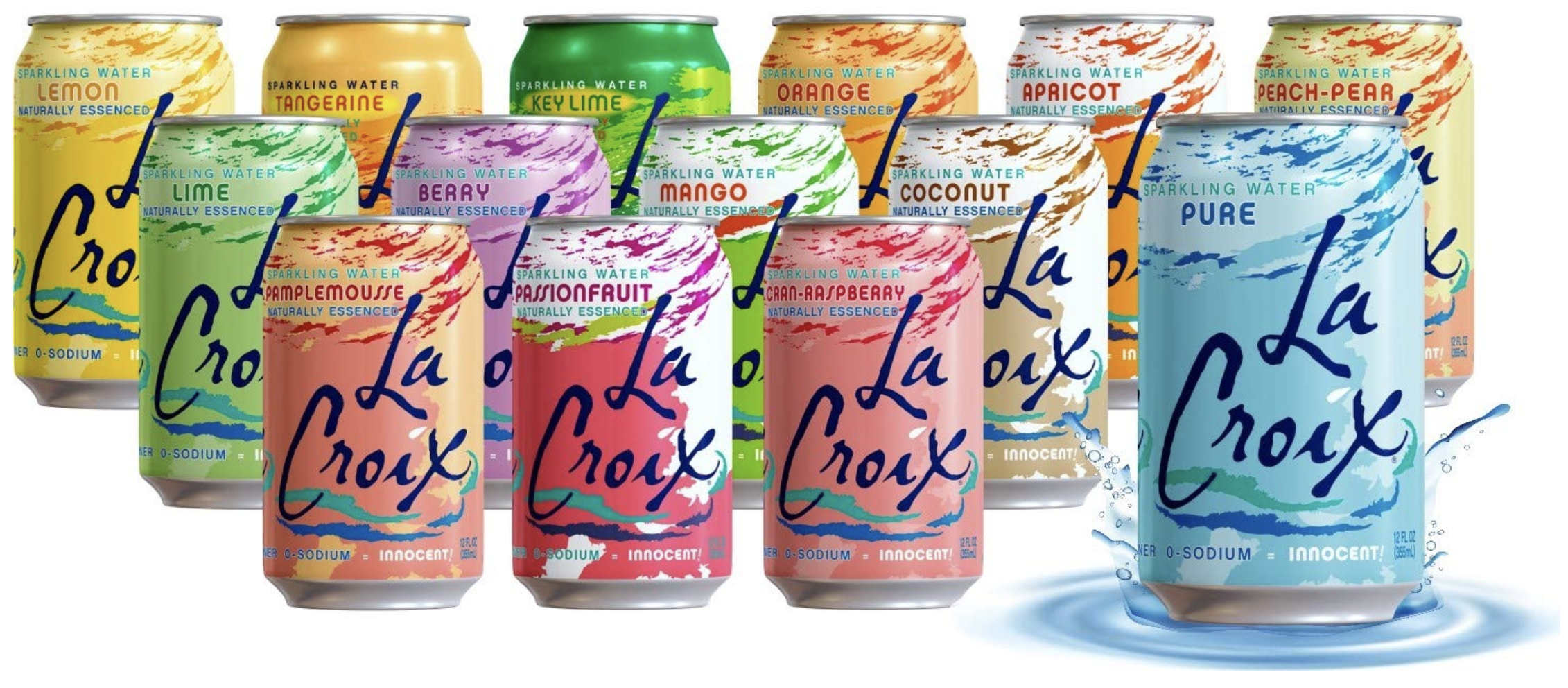01:00
Experiments
STAT 20: Introduction to Probability and Statistics
Agenda
- Announcements
- Concept Questions
- Lab 7.2
Announcements
- Lab 7.1 due Friday 4/19 at 11:59 PM. Aim to finish during class today.
- Lab 7.2 due Tuesday 4/23 at 9:00 AM.
- Experiment groups must be of size 3 or 4.
- 2 problem sets will be assigned next week (both due Tuesday 4/30).
Concept Questions
We run an experiment to see if informative phone calls encourage people to vote. We obtain phone numbers for 1000 registered voters and randomly assign half of them to receive calls from volunteers. The volunteers tell them the location of their polling place and the date of the election. Our outcome is whether or not the subjects vote in the next election.
Which of the following are possible covariates for our study?
- The party affiliation of the voter (Republican or Democrat).
- Whether the next election is a presidential election or not.
- Whether the voter voted in the last election.
- Whether the voter votes primarily for Republicans or Democrats in the next election.
- Whether the treated voters hung up on the volunteer.
Which of the following claims about covariate balance are true?
- Randomized treatment assignment tends to produce covariate balance.
- A standardized mean difference that is not equal to zero likely means that randomization was not conducted correctly.
- The Love plot shows the difference in means or proportions for each covariate across treatment groups.
- In a hypothesis test for balance, the null hypothesis is that the treatment assignment and the covariate are independent.
01:00
The Essential Question of Our Time

Which is the best flavor?
Lab 7.2
Please:
- Conduct your experiment
- Record your data
- Complete and submit part II as a group
If you don’t finish in the allotted time, finish up after class.
60:00

Could your taster distinguish between flavors?
- Yes, and it was statistically significant (p < .05).
- Yes, but it was not statistically significant (p > .05).
- Yes, but we haven’t conducted the test yet.
- No.
- Not sure, we haven’t computed the difference in proportions yet.
- We tested a different claim.